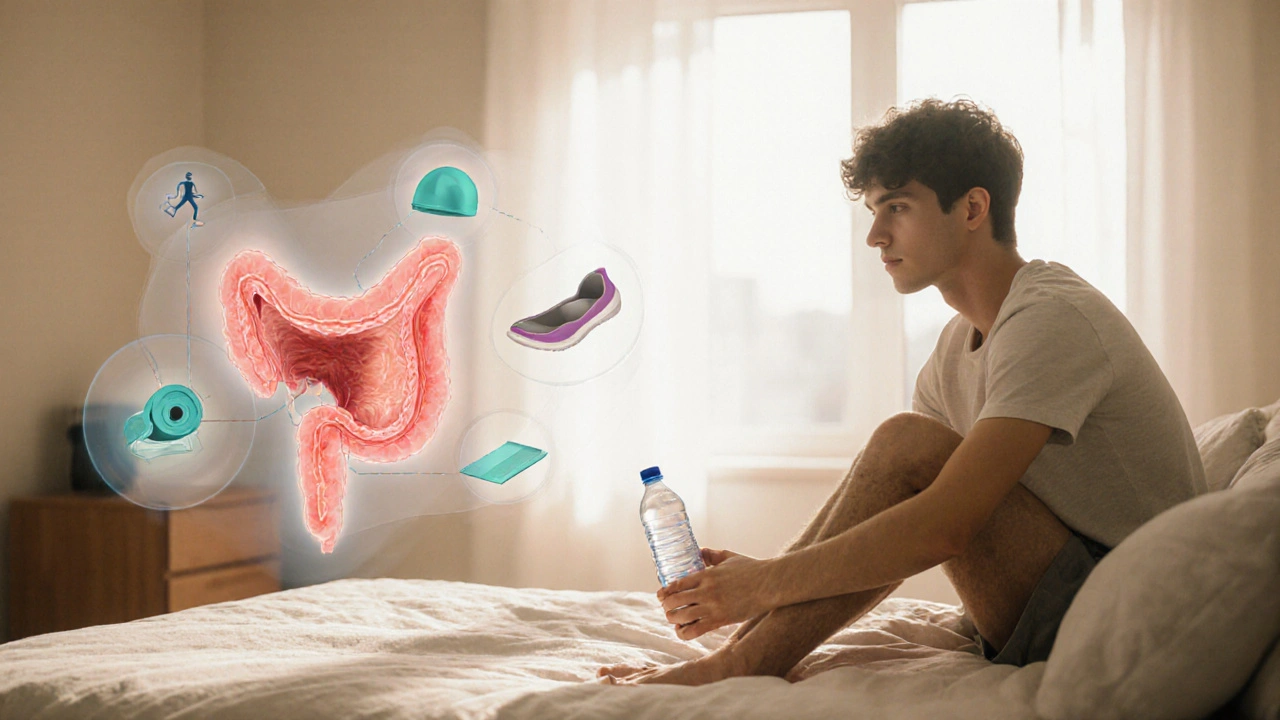Exercise and Health: How Movement Impacts Medications, Diseases, and Recovery
When you think about exercise, physical activity that improves bodily function and overall well-being. Also known as physical activity, it isn't just about losing weight or building muscle—it directly influences how your body responds to medications, manages chronic conditions, and recovers from illness. Whether you're taking blood pressure pills like Atacand or Coversyl, managing gout with uric acid control, or recovering from a blood clot, movement isn't optional. It’s part of the treatment plan.
Exercise isn’t one-size-fits-all. For someone with coronary artery disease, a condition where plaque builds up in heart arteries, reducing blood flow, light daily walks can be just as critical as the statin they take. For those with gout, a form of inflammatory arthritis caused by high uric acid levels, low-impact movement helps keep joints flexible without triggering flare-ups. Even people on blood thinners like warfarin benefit from consistent, gentle activity—it improves circulation and lowers the risk of dangerous clots, as long as they avoid high-impact sports that raise injury risk. And for those managing mental health with medications like clomipramine or quetiapine, regular movement helps reduce anxiety, improve sleep, and ease side effects like weight gain.
What’s clear from the research and real-world cases is that exercise doesn’t work in isolation. It talks to your meds, your diet, and your diagnosis. A person with overactive bladder might find relief through pelvic floor exercises. Someone with rheumatoid arthritis linked to pulmonary hypertension can slow disease progression with controlled aerobic activity. Even people using erectile dysfunction drugs like sildenafil or vardenafil benefit from better cardiovascular health—because those pills work better when your heart and blood vessels are in good shape.
You won’t find a single post here that says "just go for a walk." But you will find real guidance on how movement fits into managing hypertension, protecting joints, preventing blood clots, and even reducing side effects from powerful drugs. These aren’t generic tips. They’re practical, condition-specific strategies backed by how real people live with these issues every day. Below, you’ll see exactly how exercise connects to the medications, diseases, and treatments you’re already dealing with—no fluff, no guesswork, just clear links between what you do and how you feel.
- Archer Pennington
- 15
Proctitis and Exercise: Practical Tips to Stay Active & Healthy
Learn safe, low‑impact exercises and practical tips to stay active while managing proctitis symptoms, from pelvic floor work to nutrition and symptom tracking.
Read more
